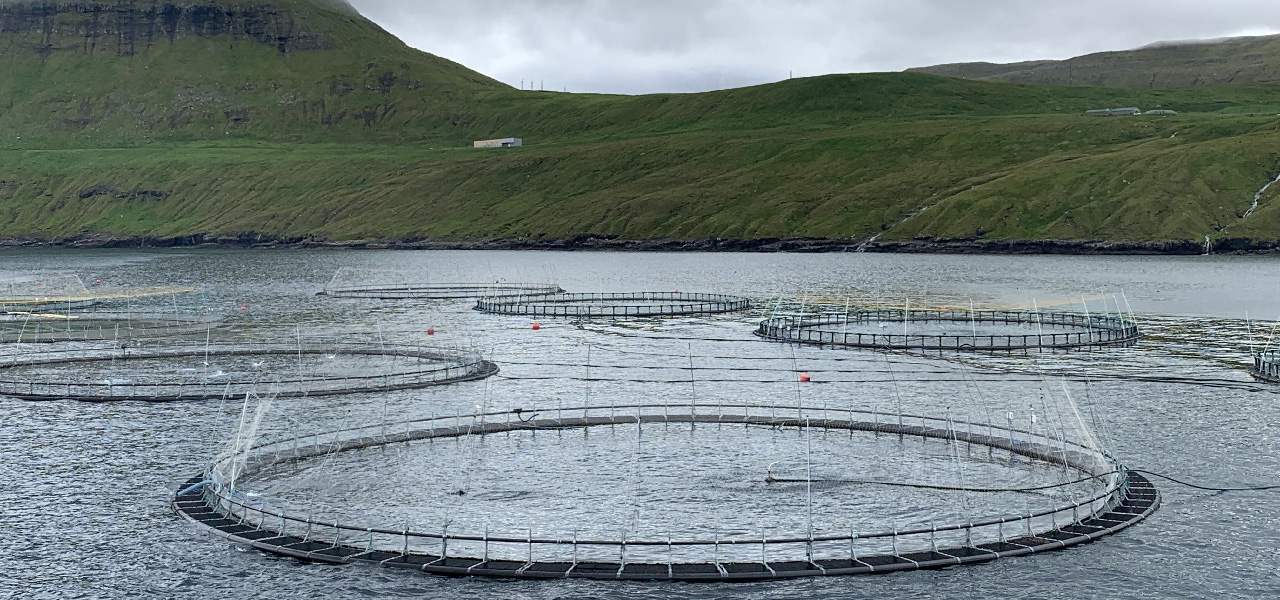
Resources
Resources
Origins of Fishmeal and Fish Oil
Fishmeal and fish oil derive primarily from small, short-lived fish species often overlooked for direct human consumption, along with recycled trimmings from fish processing. These resources, once deemed of little value, undergo a transformative process to become invaluable nutritional supplements and industrial components.
Key Species and Sustainable Practices
Europe’s production of fishmeal and fish oil relies heavily on species such as capelin, sandeel, blue whiting, sprat, and Norway pout. Rigorous regulations govern these fisheries, with catch limitations guided by scientific counsel from ICES (International Council for the Exploration of the Sea). This commitment to sustainability ensures the responsible management of marine resources for present and future generations.– to read the latest ICES advice click here
Harnessing Every Resource
A notable trend in production involves an increasing reliance on recycled trimmings from fish processing. With fillet yields typically ranging from 30% to 65% of the fish’s mass, the remaining cutoffs represent a valuable resource for fishmeal and fish oil producers. By maximizing utilization, the industry minimizes waste and maximizes efficiency, embodying a commitment to resourcefulness and sustainability. In EFFOP ca. 40% of the raw material utilized in 2022 came from the valorization of by-products.


